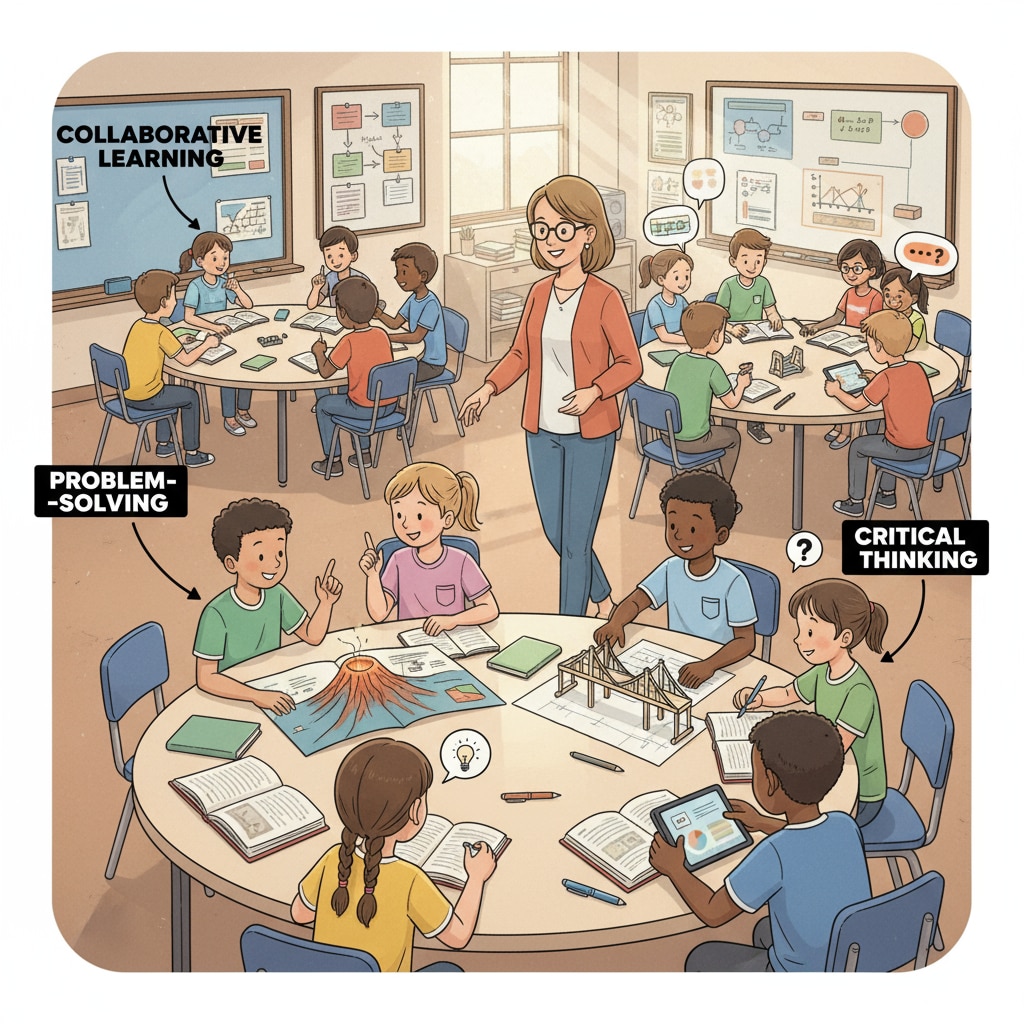In the realm of K12 education, the age-old debate of group learning vs. individual learning persists. Both group learning and individual learning have their unique impacts on learning effects. Understanding these two approaches can help educators and parents make more informed decisions for students’ learning paths. Let’s take a closer look at these two learning methods.

The Benefits of Group Learning
Group learning offers numerous advantages. Firstly, it promotes collaboration. When students work together in a group, they learn to share ideas, listen to others, and build on each other’s thoughts. For example, in a science project, group members can contribute different perspectives, one might be good at research, another at data analysis, and together they can create a more comprehensive project. According to Wikipedia’s entry on collaborative learning, this interaction helps in developing important social and communication skills. Secondly, group learning exposes students to diverse viewpoints. Each student brings their own background and knowledge, which enriches the learning experience. This can lead to a deeper understanding of the subject matter.
The Upsides of Individual Learning
On the other hand, individual learning has its own merits. It allows students to work at their own pace. Some students may grasp concepts quickly and can move ahead, while others who need more time can take it without feeling pressured. For instance, in a math self-study session, a student can spend as much time as needed on difficult problems. Moreover, individual learning encourages self-discipline and independence. Students learn to manage their time, set goals, and solve problems on their own. As stated in Britannica’s article on self-education, these skills are crucial for long-term success.

The Drawbacks of Group Learning
However, group learning is not without its drawbacks. There may be issues with group dynamics. Sometimes, a few dominant students may overshadow the voices of others, or there could be conflicts within the group. This can disrupt the learning process. Additionally, in a group, some students may engage in social loafing, relying on others to do the work. This can lead to an uneven distribution of effort and a less effective learning outcome for those who are truly committed.
The Disadvantages of Individual Learning
Individual learning also has its limitations. Students may feel isolated, lacking the social interaction that comes with group learning. This can affect their ability to communicate and work with others in the future. Furthermore, without the input of multiple perspectives, students may develop a narrow understanding of the subject. They might miss out on different ways of thinking and solving problems.
In conclusion, both group learning and individual learning have their place in K12 education. The key is to find the right balance and determine which approach, or combination of approaches, is most suitable for each student. By understanding the strengths and weaknesses of group learning and individual learning, educators and parents can better support students in achieving optimal learning effects.
Readability guidance: Short paragraphs and lists are used to summarize key points. Each H2 has a list to present information clearly. The proportion of passive voice and long sentences is controlled, and transition words are added throughout the text for better flow.


